
Circuit Theory and Applications
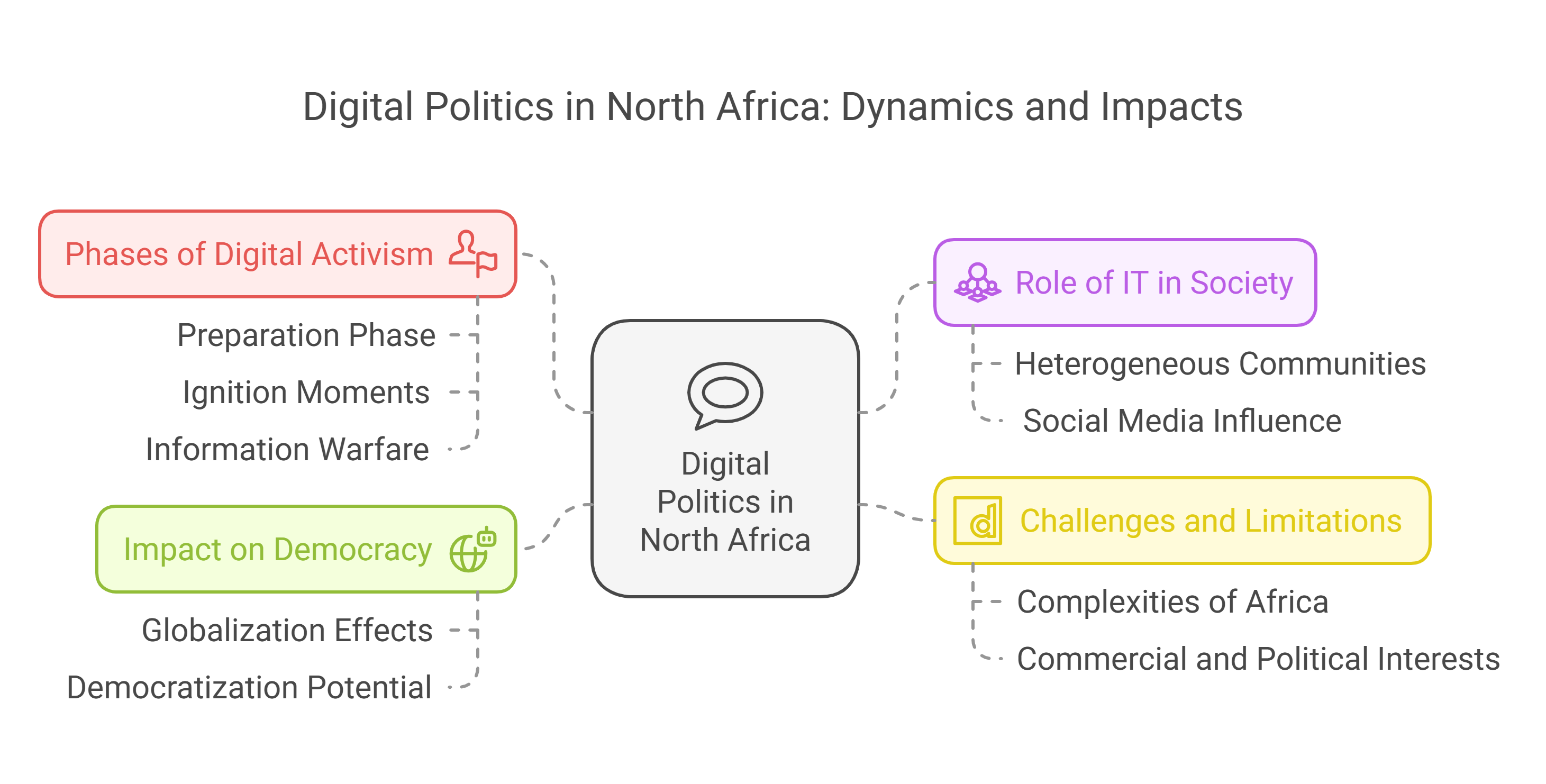
Digital politics in north Africa: Possibilities to reverse subversion
North Africa is marked with an unmatched phenomena of increase in IT (Adeiza, 2013), though IT users are not homogenous groups, but rather heterogeneous communities with diverse interests and motivations. As explained by the Swiss Agency for Development and Cooperation (SDC) that technology itself cannot solely make a difference in the practice of the sociopolitical and economic progress, but rather the other way around where indicators of development behind the technology drives the change. IT is thus an instrument, not a goal (Sarrazin, 2011). The synergy between politics and IT is
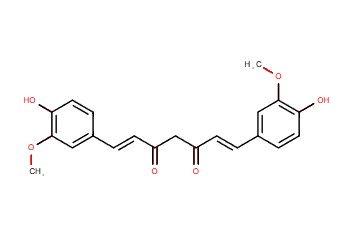
Mitoepigenetics pathways and natural compounds: a dual approach to combatting hepatocellular carcinoma
Hepatocellular carcinoma (HCC) is a leading liver cancer that significantly impacts global life expectancy and remains challenging to treat due to often late diagnoses. Despite advances in treatment, the prognosis is still poor, especially in advanced stages. Studies have pointed out that investigations into the molecular mechanisms underlying HCC, including mitochondrial dysfunction and epigenetic regulators, are potentially important targets for diagnosis and therapy. Mitoepigenetics, or the epigenetic modifications of mitochondrial DNA, have drawn wide attention for their role in HCC
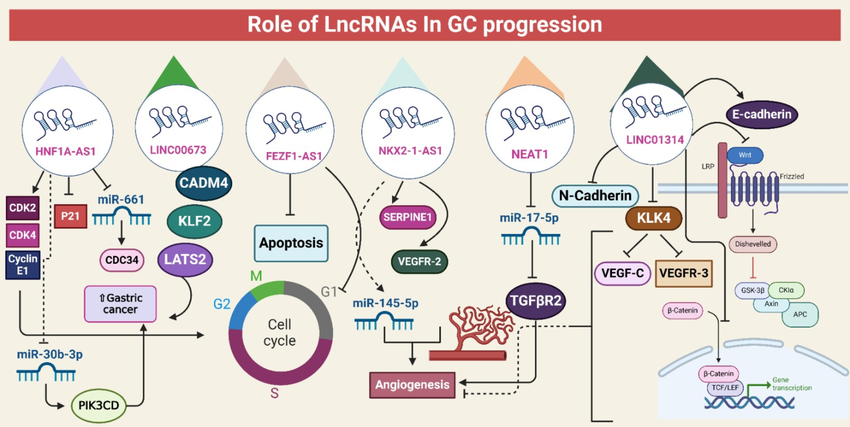
LncRNAs orchestration of gastric cancer - particular emphasis on the etiology, diagnosis, and treatment resistance
Gastric cancer (GC) remains a major public health challenge worldwide. Long non-coding RNAs (lncRNAs) play important roles in the development, progression, and resistance to the treatment of GC, as shown by recent developments in molecular characterization. Still, an in-depth investigation of the lncRNA landscape in GC is absent. However, The objective of this systematic review is to evaluate our present understanding of the role that lncRNA dysregulation plays in the etiology of GC and treatment resistance, with a focus on the underlying mechanisms and clinical implications. Research that
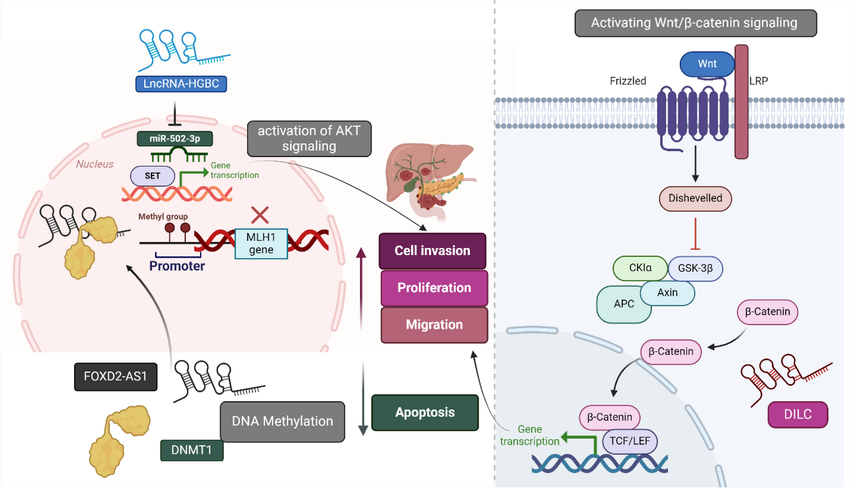
Natural products and long noncoding RNA signatures in gallbladder cancer: a review focuses on pathogenesis, diagnosis, and drug resistance
Gallbladder cancer (GBC) is an aggressive and lethal malignancy with a poor prognosis. Long noncoding RNAs (lncRNAs) and natural products have emerged as key orchestrators of cancer pathogenesis through widespread dysregulation across GBC transcriptomes. Functional studies have revealed that lncRNAs interact with oncoproteins and tumor suppressors to control proliferation, invasion, metastasis, angiogenesis, stemness, and drug resistance. Curcumin, baicalein, oleanolic acid, shikonin, oxymatrine, arctigenin, liensinine, fangchinoline, and dioscin are a few examples of natural compounds that

Design of Higher-Order Fractional Filters With Fully Controllable Frequency Characteristics
Higher-order fractional filters with fully controllable frequency characteristics are realized in this work, after fitting the filter's magnitude response data using a minimum-phase state-space model. Subsequently, rational integer-order transfer functions are derived and implemented using as active elements: a) Operational Transconductance Amplifiers (OTAs) and b) a Field Programmable Analog Array (FPAA) device. The realized filters enjoy electronic adjustability of their type, order, and characteristic frequencies while being easily validated on the digitally programmable FPAA platform. ©
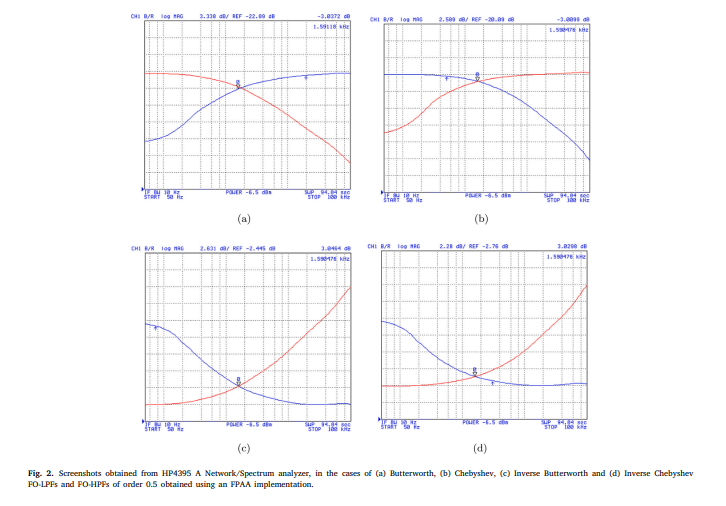
One active element implementation of fractional-order Butterworth and Chebyshev filters
Fractional-order low-pass and high-pass Butterworth and Chebyshev filters with cut-off frequencies determined independently of their order are approximated in this work. The already available schemes in the literature have a cut-off frequency pre-determined by the pole frequency value, and hence the filter's order. The derivation of rational integer-order approximation functions, which approximate the frequency behavior of the filters, is performed through the utilization of a magnitude curve-fitting based method. The form of the transfer function is common for all filter functions, providing
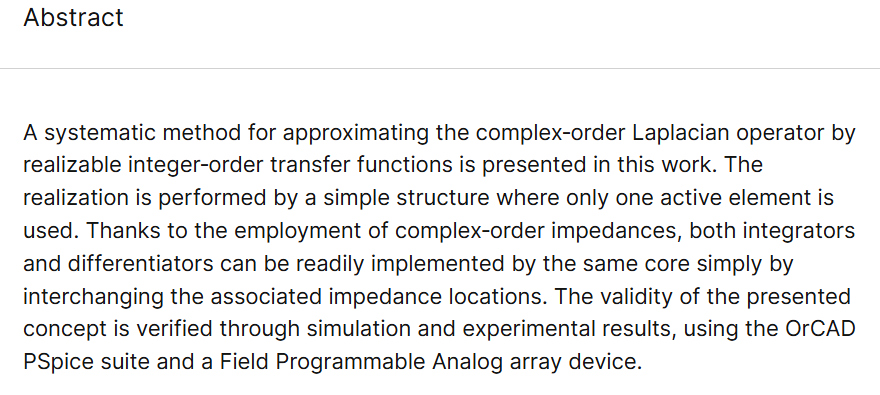
Complex-order controller design examples and their implementation
A systematic method for approximating the complex-order Laplacian operator by realizable integer-order transfer functions is presented in this work. The realization is performed by a simple structure where only one active element is used. Thanks to the employment of complex-order impedances, both integrators and differentiators can be readily implemented by the same core simply by interchanging the associated impedance locations. The validity of the presented concept is verified through simulation and experimental results, using the OrCAD PSpice suite and a Field Programmable Analog array

Controllable synthesis of Co1−x M xFe2O4 nanoparticles (M = Zn, Cu, and Mn; x = 0.0 and 0.5) by cost-effective sol–gel approach: analysis of structure, elastic, thermal, and magnetic properties
Substitutions of cations were considered to be the main way for improving the performance of ferrite nanocrystalline structures. In this paper, non-magnetic and magnetic ions were conducted to substitute cobalt spinel ferrite nanoparticles CoFe2O4 NPs (CFO NPs). The studied Co1−xMxFe2O4; M = Zn, Cu, and Mn; x = 0.00, and 0.50) samples were synthesized through a cost-effective sol–gel technique. The outstanding properties of the samples are addressed using XRD, FTIR, the inductively coupled plasma optical emission spectrometer (ICP-OES), Raman analyses, HR-TEM, BET surface area analyzer, the
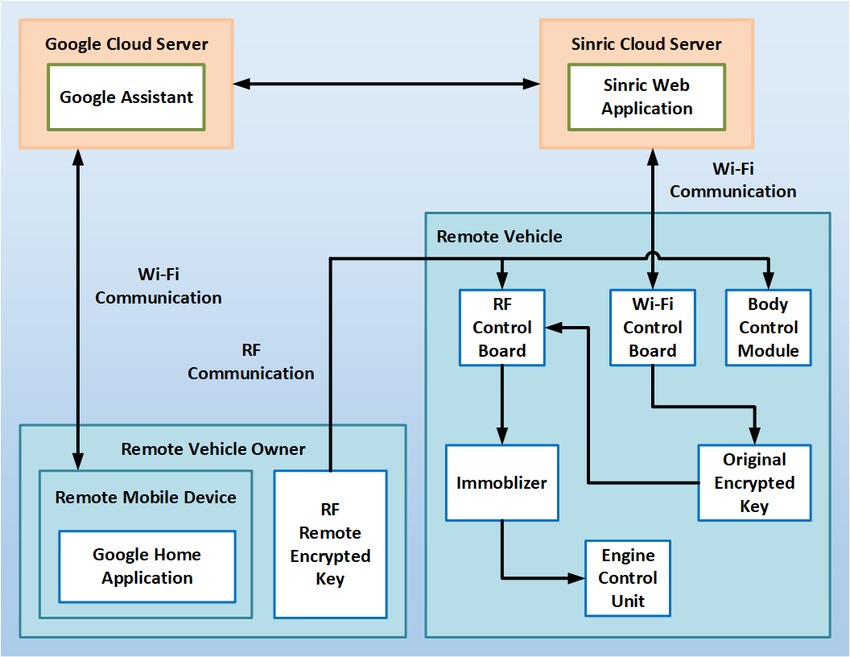
A Reliable Secure Architecture for Remote Wireless Controlling of Vehicle's Internal Systems based on Internet of Vehicles using RF and Wi-Fi
Internet of Vehicles is considered one of the most unprecedented outputs of the Internet of Things. No one has realized or even expected the rapidly-growing revolution regarding autonomous connected vehicles. Nowadays, Internet of Vehicles is massively progressing from Vehicular Ad-Hoc Networks as a huge futuristic research and development discipline. This paper proposes a novel reliable and secure architecture for ubiquitously controlling remote connected cars' internal systems, such as engine, doors' locks, sunroof, horn, windows' and lights' control systems. The main contribution is that
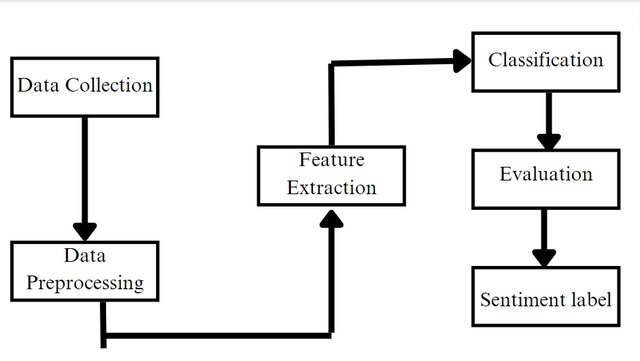
Sentiment Analysis On Arabic Companies Reviews
This study introduces an innovative approach to sentiment analysis, specifically tailored for the Arabic language, a domain that poses unique challenges due to its complex morphology and diverse dialects. Utilizing a substantial dataset of over 108,000 reviews related to Arabic companies, our primary objective was to develop a robust and reliable sentiment scoring system that caters to the intricacies of the Arabic language, aimed at assisting businesses in understanding customer sentiments more effectively.Our methodology encompassed an extensive preprocessing phase, crucial for preparing the